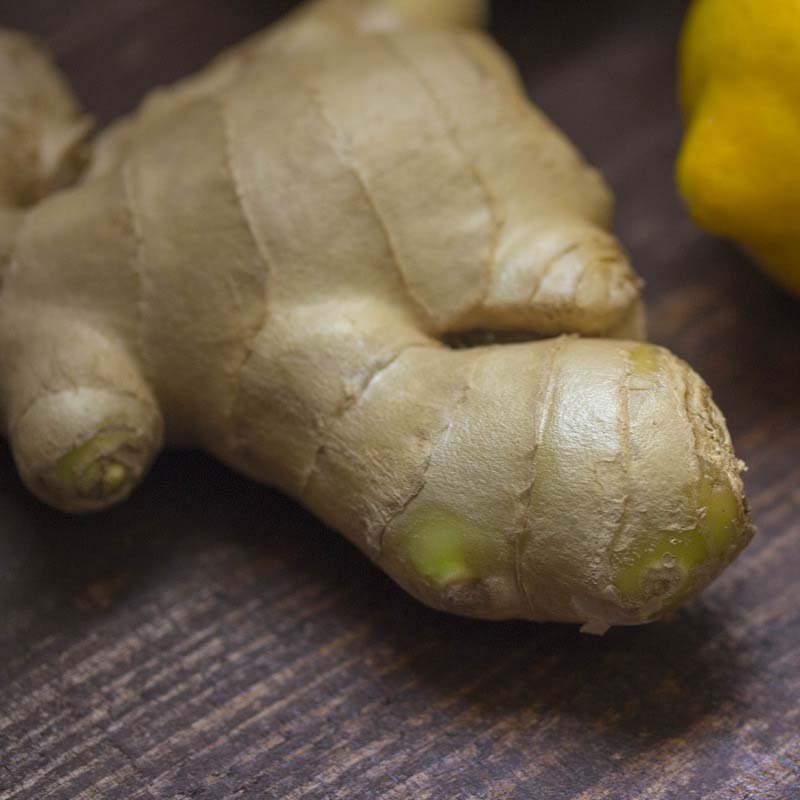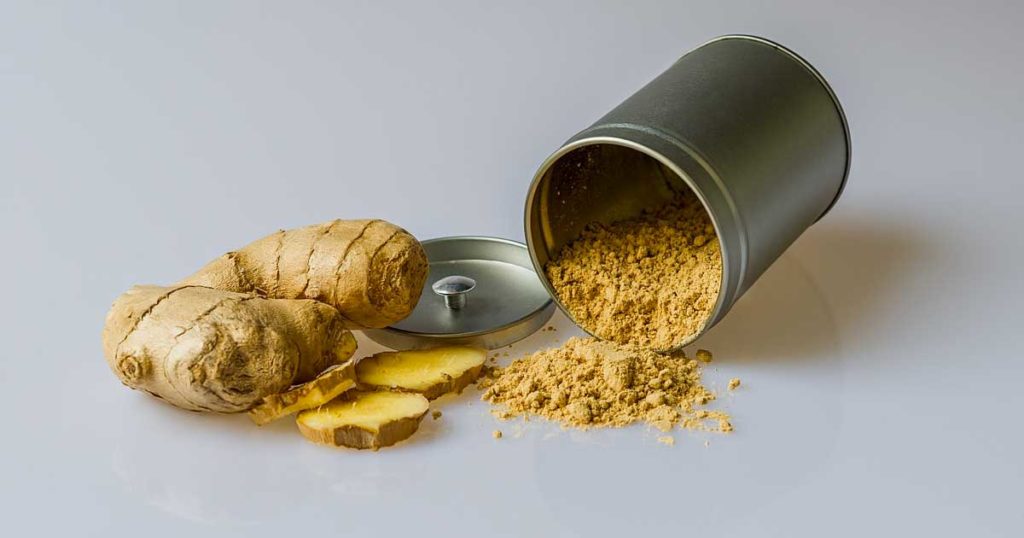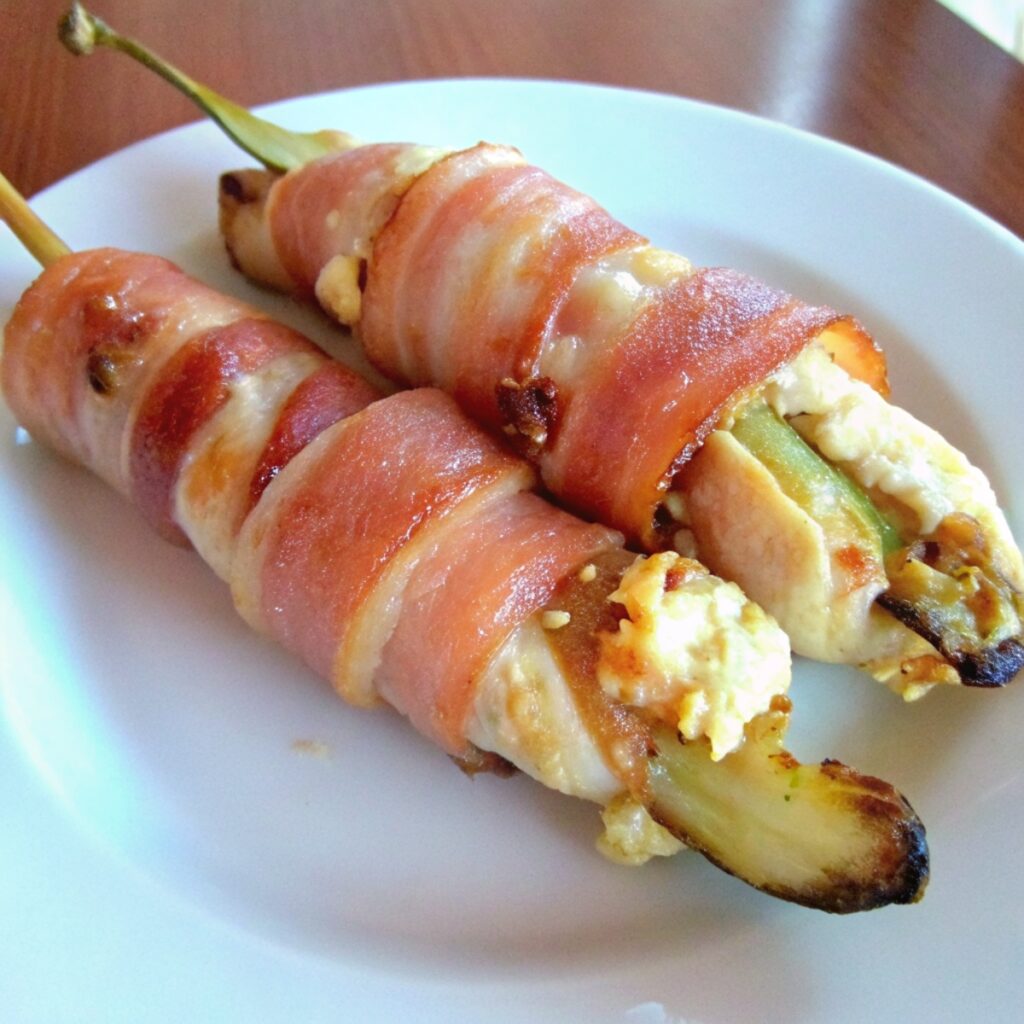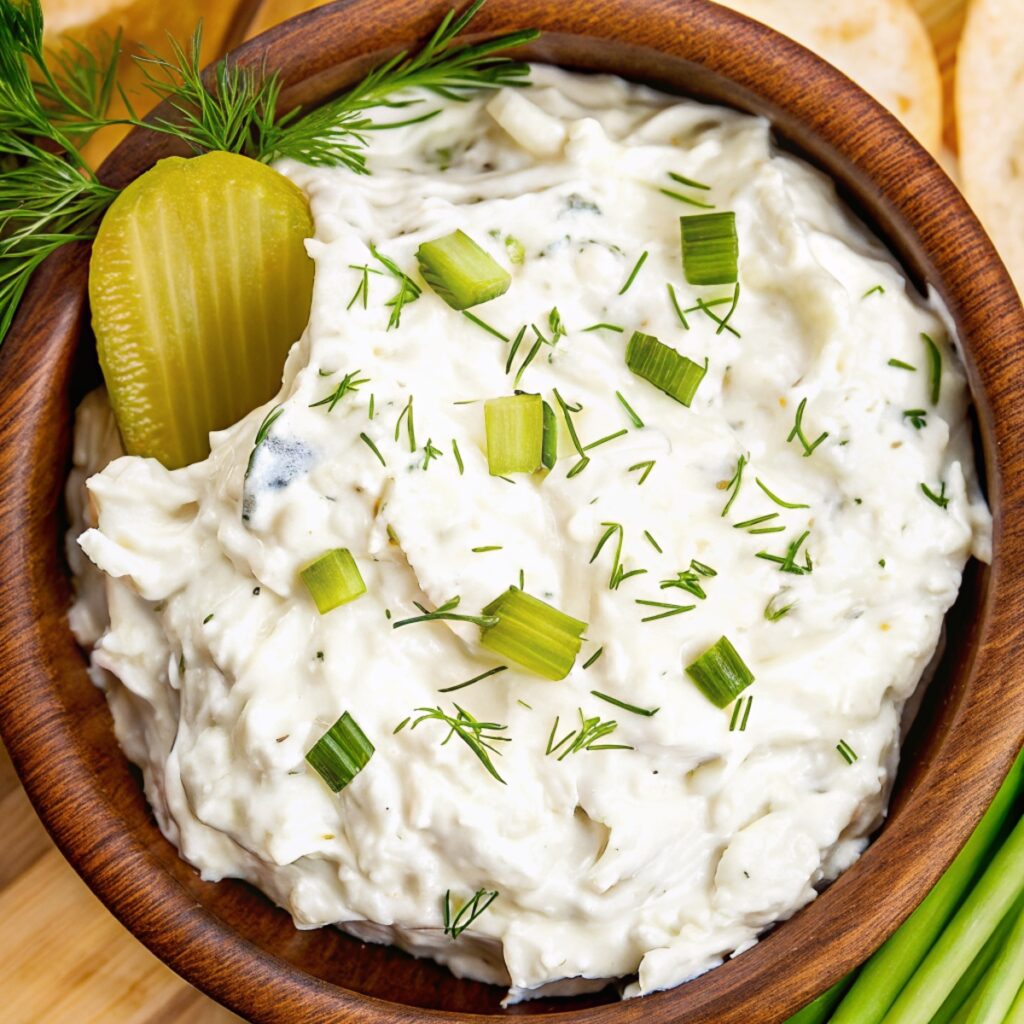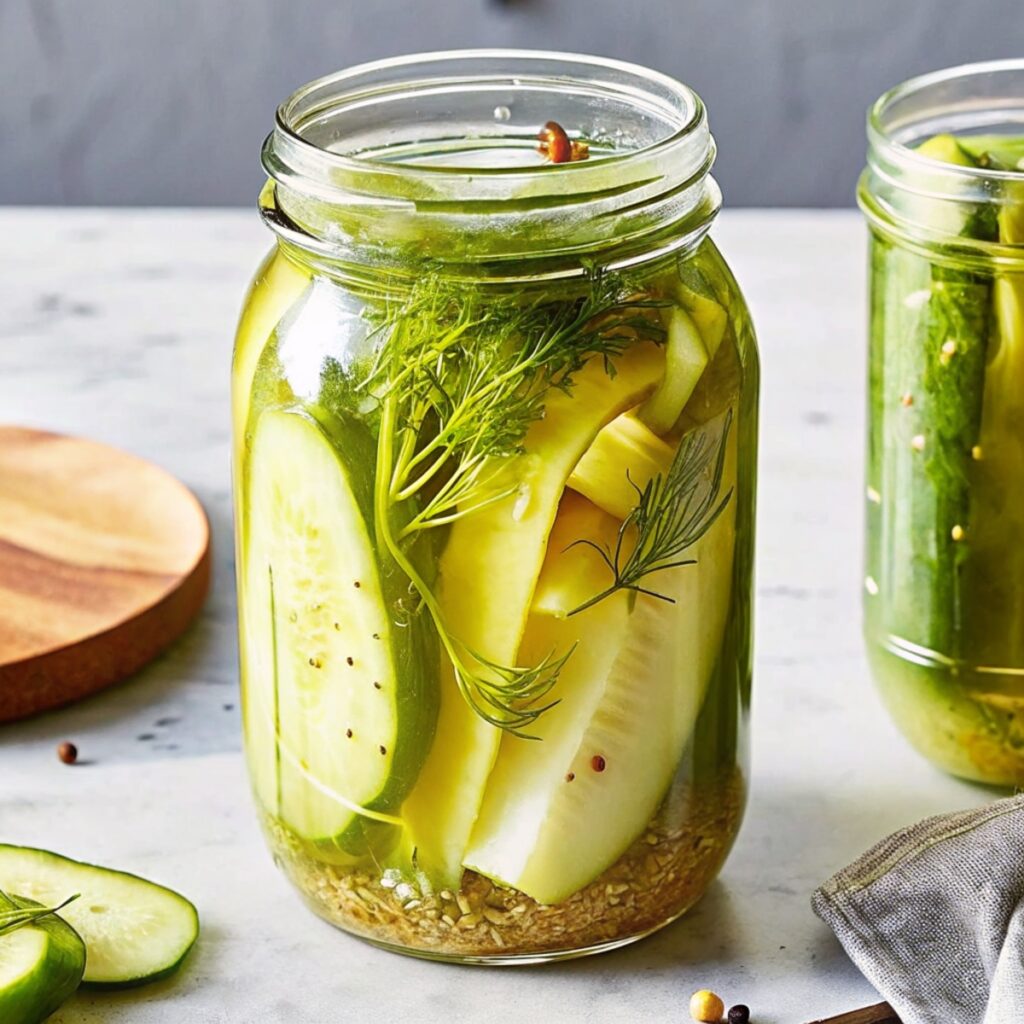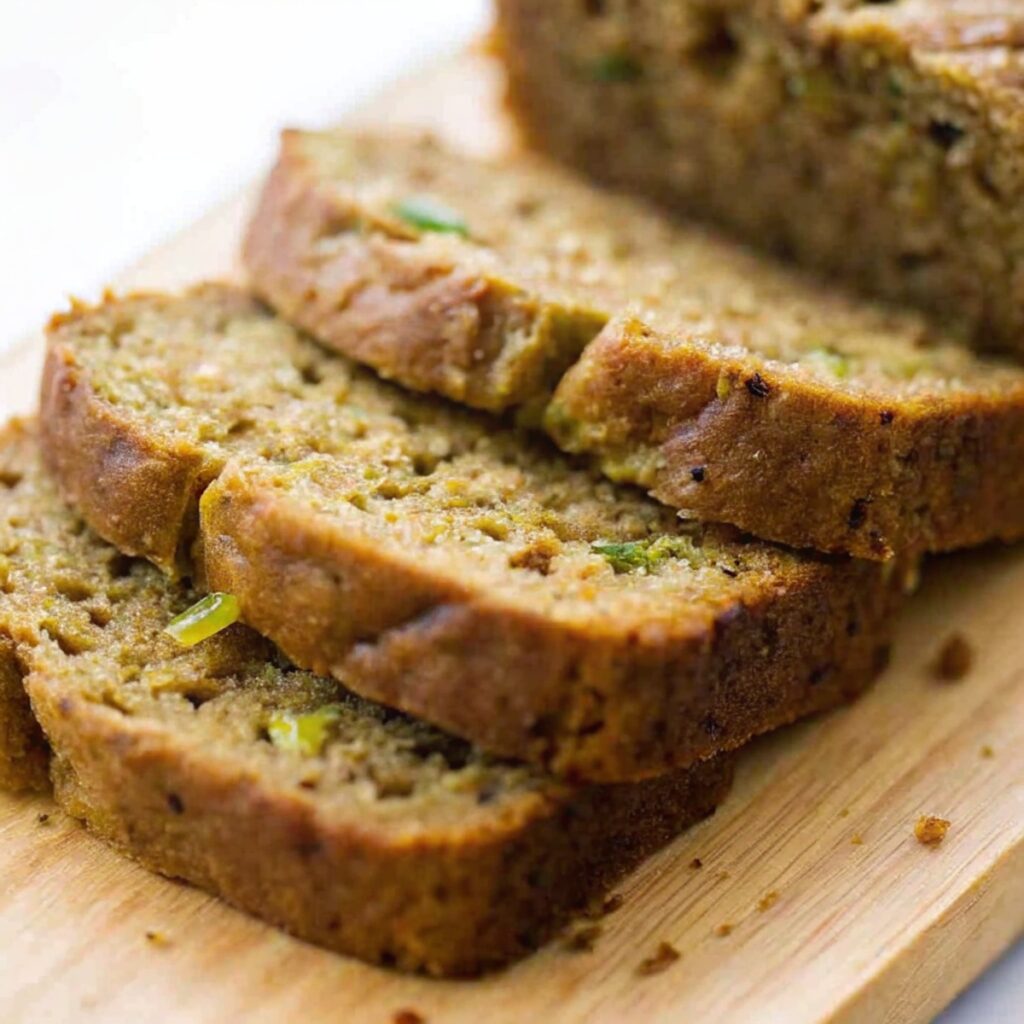Read here how you should store ginger and how you can use leftover ginger in order to throw away less of the healthy food.
For the most Recipes all you need is a thumb-sized piece of ginger. However, ginger bulbs are significantly larger. So what to do with the rest of the ginger? And above all: what should you do with it if you don’t want the ginger to go bad and mold?
Don’t worry, ginger is very easy to store. It is important that you protect it from the sun and moisture. Too much light will dry out the ginger; Wetness makes it rot faster. You can still keep ginger in the refrigerator. You can find out what you have to consider here.
We’ll also tell you how you can create a ginger reserve. If stored correctly, ginger has a long shelf life – and we’re not just talking about itpair Weeks, rather than months. At best, you will become self-sufficient and can harvest your own ginger.
The 7 best ways to store ginger
- 1. Store ginger open
- 2. Store ginger in the refrigerator
- 3. Freeze the ginger
- 4. Dry the ginger
- 5. Pickle the ginger
- 6. Reduce the ginger
- 7. Plant ginger
Three tricks for buying ginger
Click here to get printable version
Before it comes to consuming the ginger, we want to show you how you can reduce the risk of moldy ginger while shopping. In addition, three shopping tricks in advance.
1. Buy little ginger: If, according to the recipe, you hardly need ginger, choose a particularly small tuber in the supermarket. Please don’t go and break off a piece of ginger – the place will close again, but it will become woody. And that is pretty good for other customers.
2. Buy ginger powder: If you rarely cook with ginger and, for once, want to try an Asian recipe with it , you can get dried ginger powder from the spice shelf. It feels like it lasts forever. However, fresh ginger is and remains more intense in taste.
3. Buy intact ginger: Make sure that the ginger skin is tight and silky smooth. Soft spots indicate rot. If the ginger looks wrinkled on the outside, it is usually fibrous and hard on the inside. Then the root is only suitable for ginger tea.
Tip: In order to produce less waste, it is best to choose a ginger root with no knobs on the sides. The ramifications are usually very dry or so small that they disappear when peeled at the latest. Since ginger is weighed in the supermarket and you pay per gram, you can save yourself this waste. By the way: ginger is cheaper in Asian stores.
Store and preserve ginger
How do you store ginger correctly? What do you do with the leftovers? And can you plant ginger yourself? You can get answers to these questions here.
Life-Hack: Ginger doesn’t dry out so quickly if you don’t cut the rhizome (i.e. the rootstock) in the middle, but rather on the thin side parts and use the ends first. When peeling ginger, don’t use a knife, but the back of a small spoon – just scrape off the ginger so as not to accidentally cut away the nutrients right under the peel.
1. Store unpeeled ginger at room temperature
How and where you store your fresh ginger primarily depends on whether the tuber has already been peeled or not. Unpeeled ginger can easily be stored at room temperature – provided it is not midsummer.
To make sure that too much light does not get to the roots, you wrap them in kitchen paper and place them in an airtight box in a shady spot – for example in the pantry. The ginger will last a good week.
